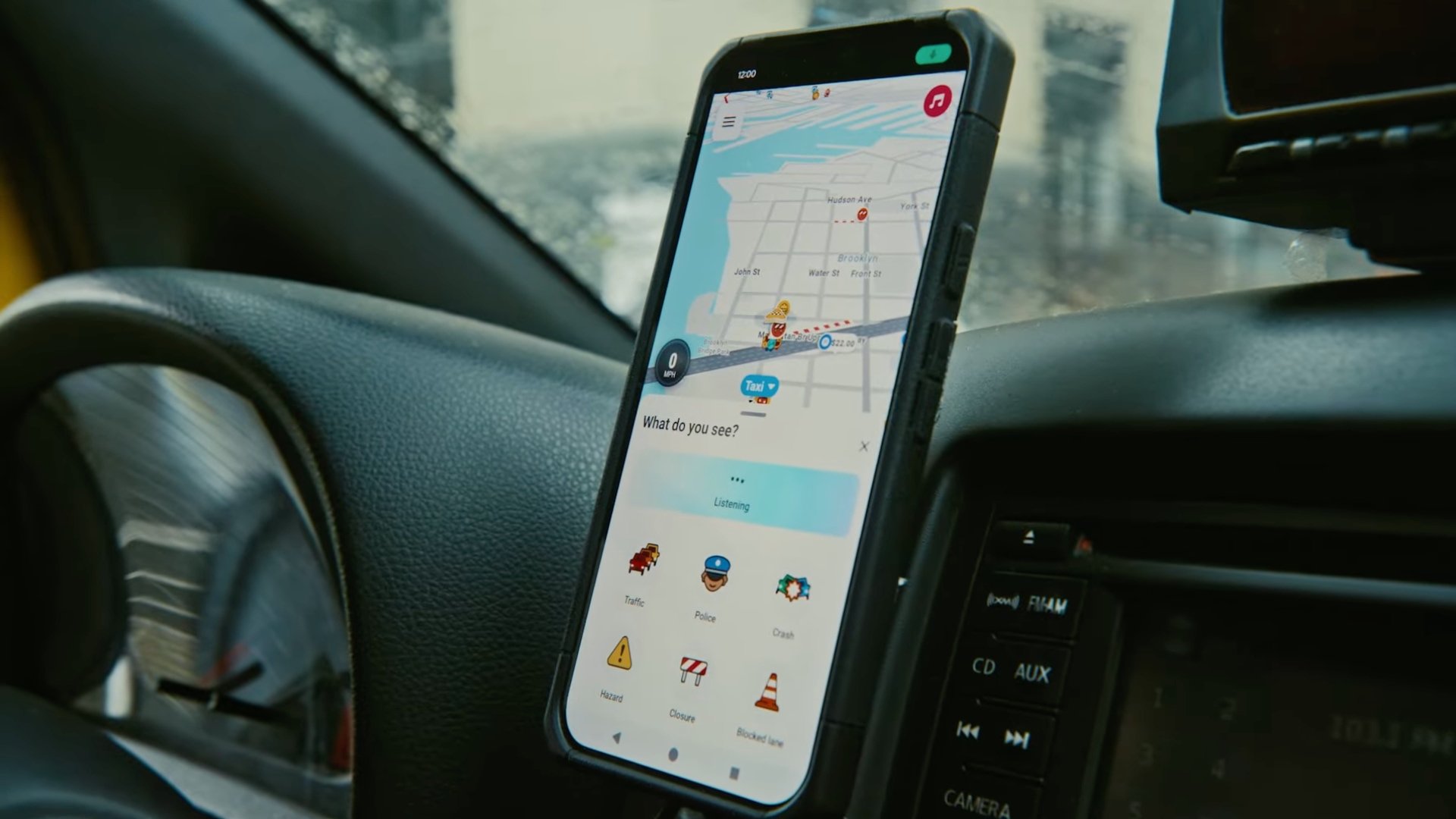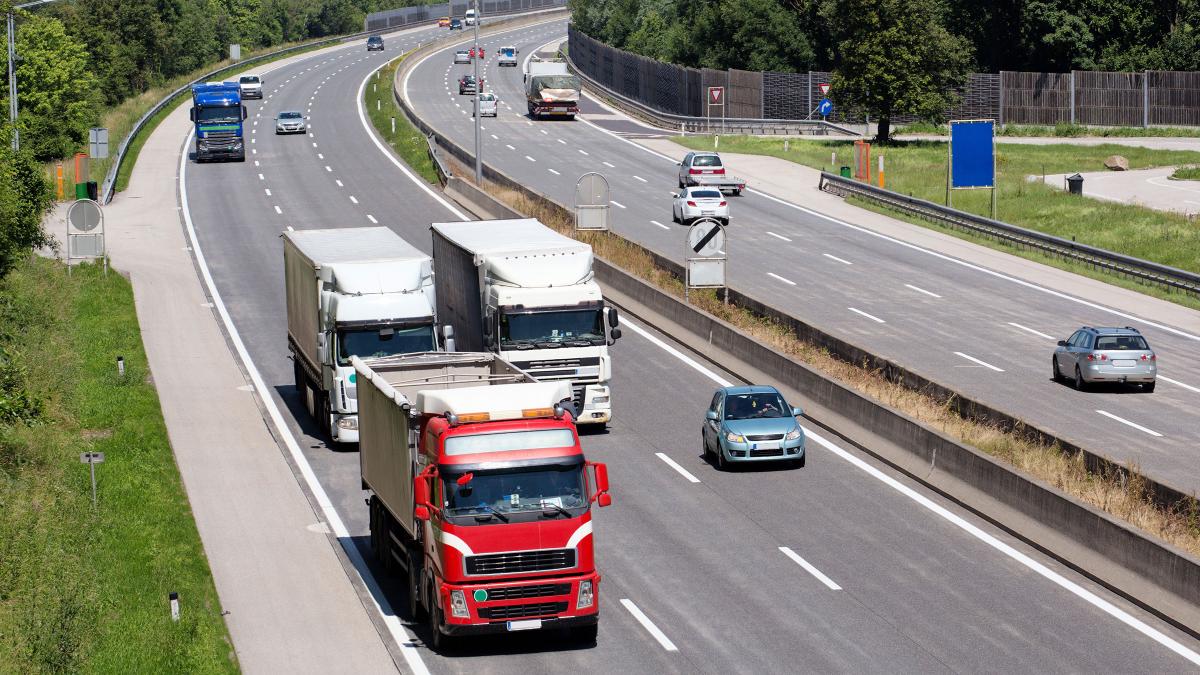It is important that we know how to interpret all the rules of the road on these trips, and especially there are doubts about the so-called twisted rails which are commonly seen, especially on highways and expressways, and there are sometimes doubts about entry and exit maneuvers and their priority.
That’s why the DGT wanted to remind us exactly what these intersecting bands are, and especially how to take themespecially when it comes to priority with other vehicles that also want to use them.
As a clarification, some roads, such as motorways or dual carriageways, have these winding lanes, which combine the acceleration and deceleration lanes and which are installed in sections where, due to lack of space, entrances and exits cannot be built independently.
Do you know what crossroads are? These are the ones that allow us to join or leave the road (especially on motorways and expressways). In this report Magazine #TySVwe remind you of the rules for their safe use.➡️https://t.co/d62KfdCT5Y pic.twitter.com/tSqtoyfETq
— CEO Traffic (@DGTes) August 5, 2022
They explain that the maximum effective length is 1500 m, and vehicles from two different traffic flows converge in the same direction, and within the same space, vehicles perform on-road and off-road maneuvers.
And DGT clarifies how drivers should behave when accessing these winding lanes. On the one hand, they explain that if you are going to enter the main road, you will proceed in the same way as in any normal acceleration lane, gradually and respecting the signs and priority of those already circulating on it.
Otherwise, they indicate that when the driver intends to continue forward without leaving the turn lane, he has priority over those leaving the roadway or motorway, although he must make the exit as easy as possible.
Therefore, you must maintain a speed appropriate to the signs and circumstances, and maintain a safe distance from joining vehicles.
Source: Computer Hoy











